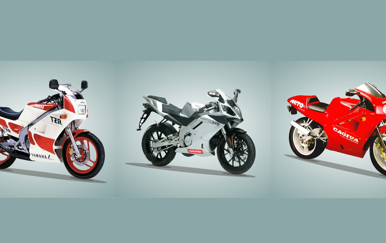Like many scooter enthusiasts, I love a 2-stroke machine. Sadly, Euro emissions standards mean the 2-strokes are a rare beast, but there are still classics to be had.
Whether it’s the historical and cultural impact of both Lambretta and Vespa scooters, their simplistic design or their performance. It’s easy to see why a 2-stroke scooter holds a spot in the hearts of many.
Why I love a 2-stroke
For the most part, as well their quick acceleration, 2-stroke engines have plenty of character. Even if some do require a bit of a warmup at first. However, it’s not just their performance and unique (albeit occasional) temperamental qualities that win the hearts of many riders.
A 2-stroke is an assault on the senses too, from the smell of the oil to its beautiful, distinctive sound. One whiff of 2-stroke engine oil makes for an intense hit of nostalgia and the sound is instantly recognisable.
Have 2-strokes been banned?
Naturally, most bike and scooter enthusiasts will have fond memories of 2-stroke scooters and motorcycles. Especially from their younger days when 2-stroke bikes were all the rage; with the iconic 2-stroke beginning to permeate popular culture.
However, it’s a myth that the EU has banned 2-stroke engines. Nonetheless, with Euro 4 and the upcoming Euro 5 coming into effect, production has slowed or halted for road-legal 2-strokes.
The EU has created ever more restrictive regulations regarding vehicle emissions, although their regulations have been blanketed across the board and don't consider all factors, for instance, journey times. At first glance, an old-school 2-stroke 50cc scooter may appear less efficient than a modern, multi-cylinder car.
However, a scooter will filter through traffic and reach its destination in far less time. Especially when compared to a large 4-wheeler stuck in a traffic jam at rush hour.
Since the increase in regulations, many two-stroke engines are unable to pass emissions testing. Naturally, some 2-strokers are still in production, but they are becoming a rarity. Euro 4 already put huge restrictions on 2-stroke engine production and as a result, Euro 5 could mark the end of our beloved two strokes for good.
Is the time of the 2-stroke over?
Of course, it’s not just regulations that have led to reduced 2-stroke production. Towards the end of the 20th century, buying habits also began to change.
Italy and other markets started to look towards the more expensive 4-stroke scooters. These were a far cry from noisy little 2-strokes raced around the streets by youths. Four-stroke scooters soared in popularity because they were quieter and as a result, were deemed more sophisticated.
In addition, the decision by manufacturing giant Honda to cease production of 2-strokes for Europe and the racetrack was another huge blow. This hit the 2-stroke production industry hard as many other manufacturers followed Honda’s R&D model, resulting in a dramatic decrease in the number of 2-stroke engines being developed.
Eventually, 4-stroke technology soon overtook 2-stroke. Many manufacturers cite the cost of investment into 2-stroke technology to be too high or prohibitive which is strange given that 2-stroke petrol engines were often the preferred choice – for both manufacturers and customers – in part due to their mechanical simplicity, lightweight, and high power-to-weight ratio.
For instance, at the end of 2-stroke racing in motorcycle Grand Prix Championships, Honda produced a bike weighing around 130kgs but with almost 200hp. These specifications were the same as when Valentino Rossi won the last 500cc World Championship for Honda in 2001.
Despite their decrease, I suspect that the 2-stroke will endure and they will continue to be desirable, mostly due to people’s fondness and nostalgia for them. In fact, some of the classics are incredibly valuable already! Many riders want to relive their youth or add one to their collection, and who can blame them?
The classic 2-strokes
Not all riders are fortunate enough to have had the chance to enjoy modern 2-stroke scooters at their peak. As they grow in desirability, chances are you too might be tempted to buy one. If you’re thinking about picking up a second-hand two-stroke treat, here’s four of my favourite 2-stroke scooters.
Don't forget, whether you need an insurance quote for your modern or classic scooter, you can go direct to Lexham.
Peugeot Speedfight 100
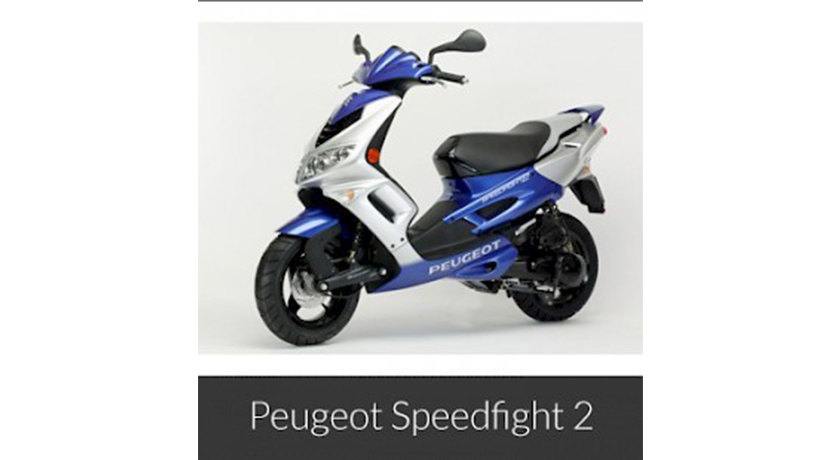
This sporty-looking number made in France occupied a once-popular segment of the scooter world – the 100cc. Despite a lack of capacity in comparison to a 125cc, the Speedfight 100 boasted a powerful air-cooled 2-stroke engine. I’d recommend you pick up the Speedfight 2 model as opposed to the first due to the later models improved front end leading link suspension and fork set up.
Italjet Formula 125 Twin
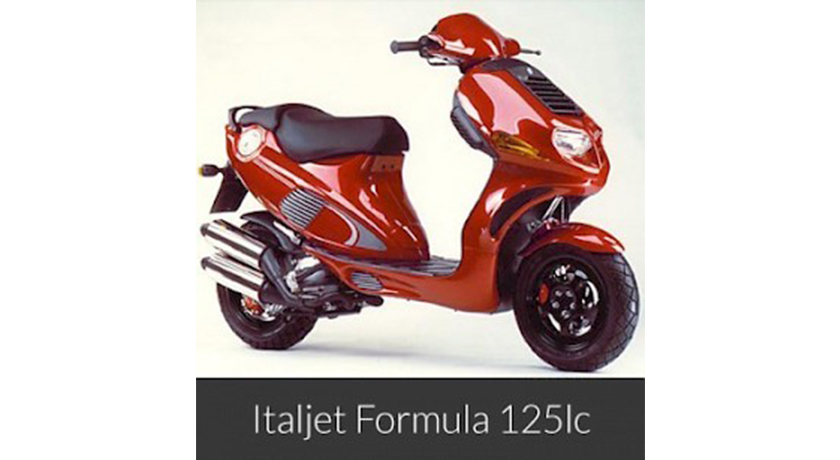
Italjet were renowned for producing outrageous-looking scooters if a little ‘fragile’. These were scooters with style and no doubt loved by collectors. The Italjet Formula 125 Twin performed impressively with a 114cc Moto-Morini engine. However, it certainly needed the twin aftermarket pipes to sound its best! One thing that sets this model apart is that the scooter had genuine hub-centre steering (as opposed to the Pug's visual imitation).
Gilera Runner 180
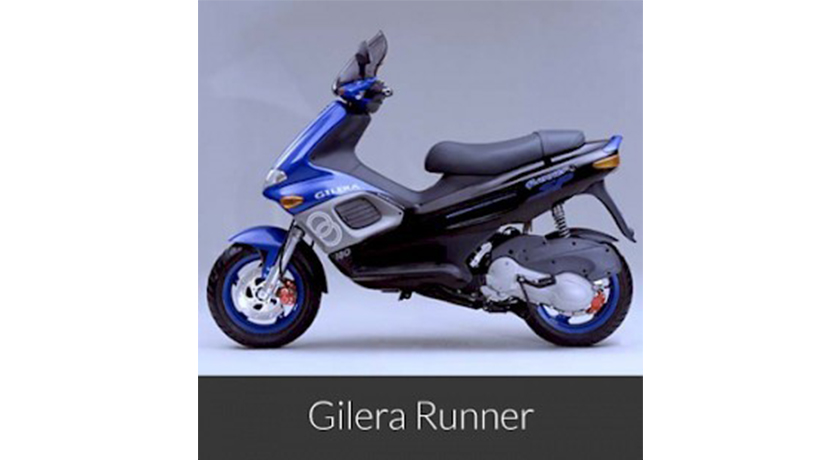
This was a real beast of a scooter from Piaggio, the creators of the classic Vespa. This 180cc 2-stroke auto has a massive fan base thanks to its impressive power and back then, sporty styling. In fact, Italjet purchased the engine to use in their Dragster model, with Piaggio later using it their Hexagon model. The Gilera is a beautiful 2-stroke and its successor, the 200cc 4-stroke Runner, was lackluster by comparison.
Vespa PX200E
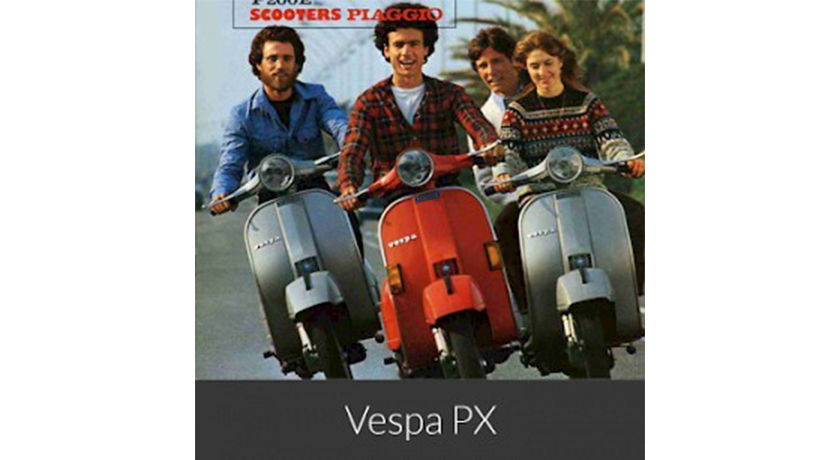
I couldn’t write a list of favourite 2-strokes without mentioning the Vespa! First introduced in 1977, the classic 4-speed geared Vespa was still going strong as a 200cc until 2002 - when it finally met its end due to EU emissions regulations. Metal body, undeniably Italian styling and a robust machine, the 125cc and 150cc versions were in production until 2016. In fact, the last models are leaving the shops as we speak! The 200cc remains my absolute favourite.
How to pick up your own 2-stroke
Ultimately, you’ll need to do a lot of research when picking out the second-hand scooter that’s right for you. But this can take up a lot of time.
Fortunately, we’ve put together a full guide on buying a second-hand scooter, including a 2-stroke. Check it out to equip yourself with all the knowledge, tips, and tricks you’ll need to buy your next second-hand scooter.
Before you go
Last but not least, if you have your very own two-stroke you need to insure, make sure to get a scooter and moped insurance quote direct with Lexham!
Related article
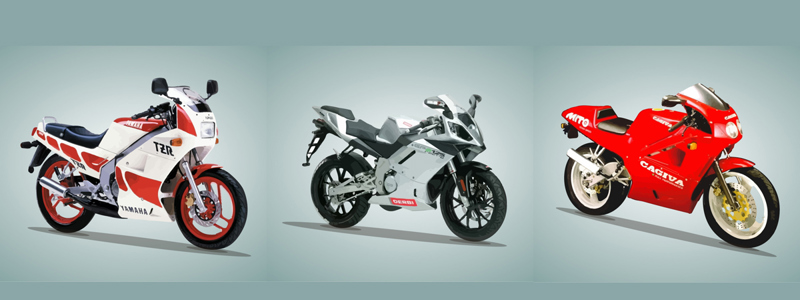
6 of the Fastest 2-stroke 125cc Motorcycles!
Join us in this new blog as we take a trip down memory lane and get to know 6 of...
Read more


